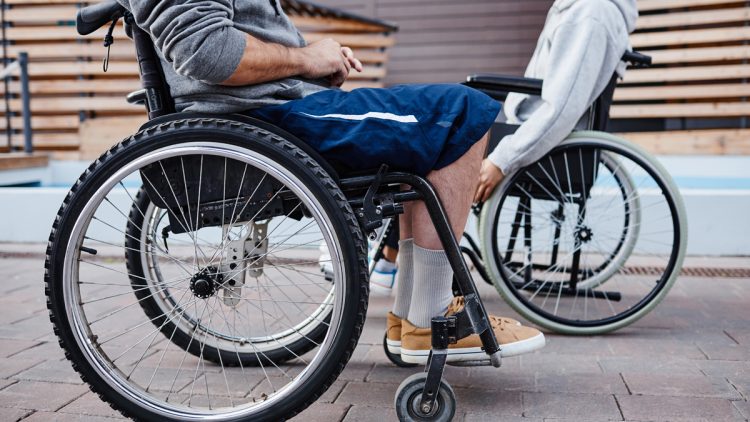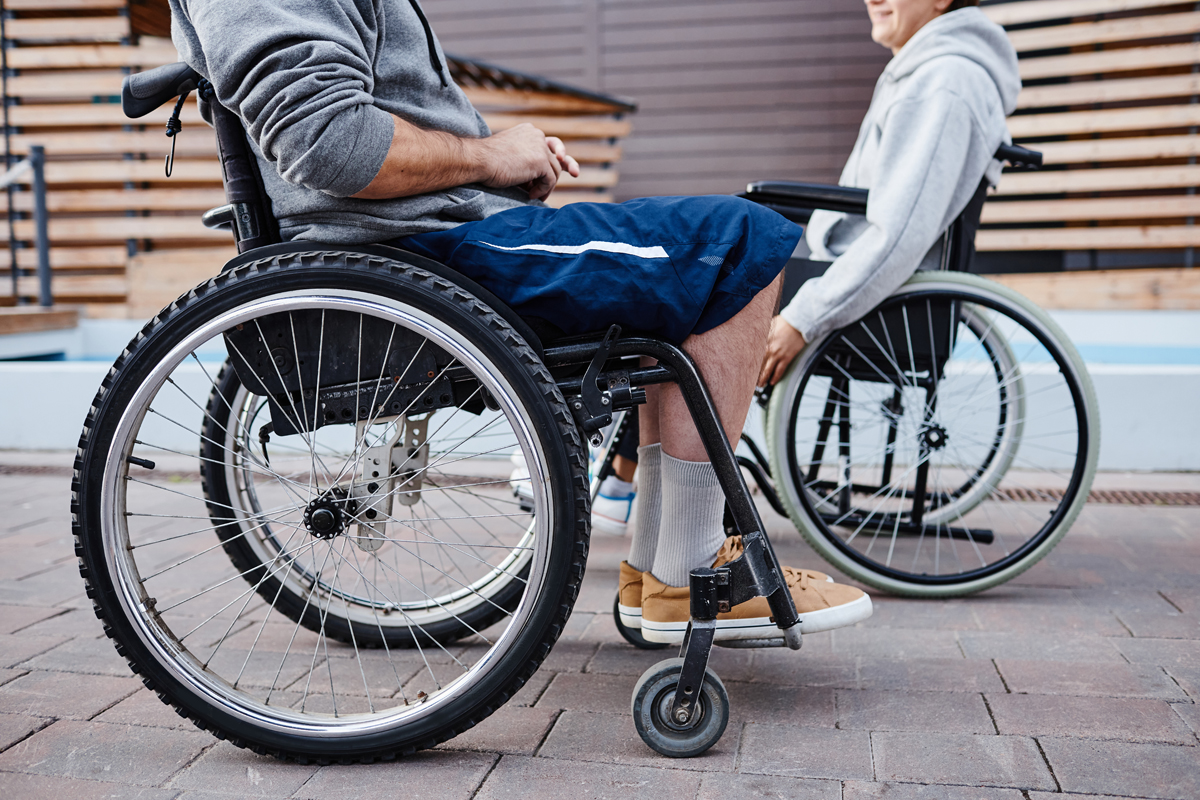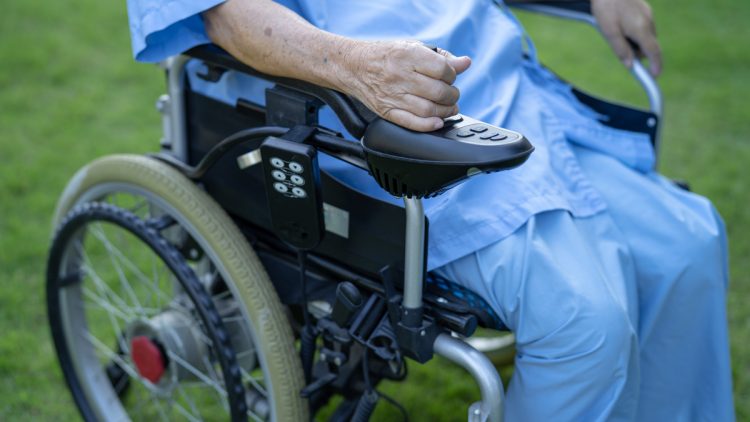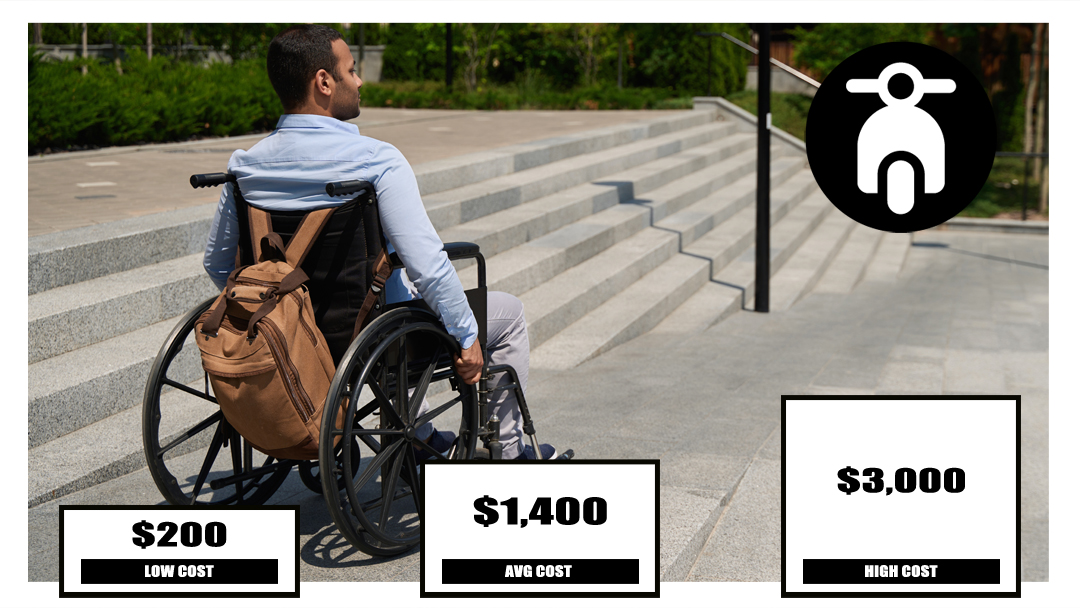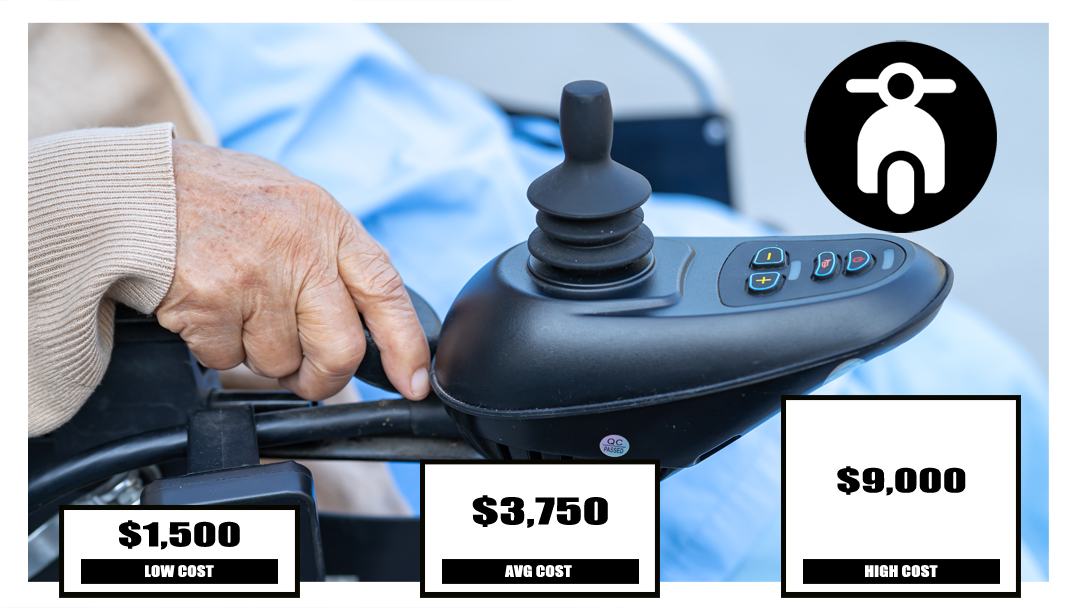Wheelchair Problems

This post is important for wheelchair users and caretakers alike, because it helps maintain freedom and mobility. This post is going to cover run-of-mill wheelchair problems, their solutions, and maintenance tips to keep your wheelchair in its best possible condition.
Typical Wheelchair Problems
Being aware of common wheelchair problems can help maintain your freedom and mobility. The following are some of the most common problems wheelchair users are faced with:
Wheelchair Brakes Are Not Working: The powerlessness to stop or slow down could lead to serious accidents. Find assistance from a wheelchair repair professional to resolve this issue.
Worn-Out Or Damaged Upholstery: Upholstery decline can include rips, tears, or everyday wear and tear. Have the upholstery replaced or find help from a wheelchair repair professional to resolve this issue.
Freewheel Lever Issues: The freewheel lever releases the wheels for easier hand-operated pushing. Incorrect positioning, damage, or hindrances can cause lever issues. Attempt to realign the lever or cleaning hindrances, and if the problem continues, find professional help.
Battery Problems: Battery-powered wheelchairs could have problems with their battery. Routinely examine the battery and adhere to proper charging methods. Speak with a wheelchair repair professional if you experience any issues.
Electrical Defects: Electrical defects in electric wheelchairs might include failing controls, unexpected stops, or unusual sounds. Have a knowledgeable electrician or wheelchair technician examine and repair any electrical defects to guarantee your safety and mobility.
Always speak with a wheelchair professional or technician if you come across any problems you are uncertain how to handle.
Wheelchair Problem Solutions
The following are some solutions to run-of-mill wheelchair problems:
Resolving Wheelchair Brakes Are Not Working: Routinely inspect the wheelchairs brake system and replace dilapidated or damaged parts as required. If the issue continues, consult with a wheelchair repair professional.
Repairing Worn-Out or Damaged Upholstery: Replace damaged or worn-out upholstery with a new upholstery from an authorized dealer or contact the manufacturer for help.
Handling Freewheel Lever Issues: Make sure the lever is correctly aligned and not hindered. Lubricate the lever device for increased functionality. If the issue continues, speak with a professional technician.
Trouble shooting Battery Problems: Examine the connections to guarantee they are secure. If the battery is older or can’t hold a charge, it might need to be replaced. Go over your wheelchair user’s manual or contact the manufacturer for specific recommendations.
Repairing Electrical Defects: Check all wiring connections to make sure they are connected and not loose. If you discover any damaged wires, they might need to be repaired or replaced by a professional electrical technician.
Wheelchair Maintenance Pointers
The following are some pointers to maintain your wheelchair and avoid run-of-mill wheelchair problems:
Routine cleaning: Routinely clean your wheelchair to stop the gathering of debris, dirt, and bacteria. Pay particular attention to joints and moving parts.
Checking And Replacing Worn-Out Parts: Routinely inspect your wheelchair for indications of wear, such as loose screws, bald tires, or ragged upholstery. Replace any worn-out parts sooner than later, including the drive wheelchairs parts.
Maintaining Mobility And Maneuverability: Routinely examine the wheels for signs of mispositioning or damage. Make sure that the casters, brakes, and axles are functioning correctly. Grease moving parts to decrease friction and guarantee smooth operation.
Professional Service: Schedule professional service for a comprehensive inspection and required repairs or adjustments. Professional service guarantees that your wheelchair is safe, reliable, and running at its best.
Mobility Center In Mesa, Arizona
Mobility Center has been proudly serving the entire Phoenix, Arizona area since 1975 with the finest in mobility aids, scooters, wheelchairs, lifts and support equipment. Visit our convenient location to see the products and receive the individual attention that you deserve. Our service area includes Mesa, Apache Junction, Tempe, Chandler, Scottsdale, Phoenix, Glendale, Surprise, and Sun City.




